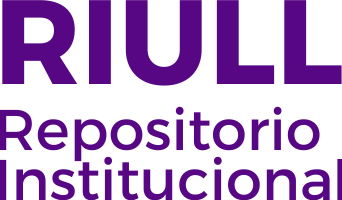Dual electro-/pH-responsive nanoparticle/hydrogel system for controlled delivery of anticancer peptide
Date
2024Abstract
An electro-chemo-responsive carrier has been engineered for the controlled release of a highly hydrophilic anticancer peptide, CR(NMe)EKA (Cys-Arg- N-methyl-Glu-Lys-Ala). Remotely controlled on demand release of
CR(NMe)EKA, loaded in electro-responsive poly(3,4-ethylenedioxythiophene) (PEDOT) nanoparticles, has been achieved by applying electrical stimuli consisting of constant positive (+0.50 V) or negative voltages (− 0.50 V) at pre-defined time intervals. In addition, after loading CR(NMe)EKA/PEDOT nanoparticles into an injectable pH
responsive hydrogel formed by phenylboronic acid grafted to chitosan (PBA-CS), the efficiency of the controlled peptide release has increased approximately by a factor of 2.6. The hydration ratio of such hydrogel is significantly lower in acidic environments than in neutral and basic media, which has been attributed to the dissociation of the boronate bonds between polymer chains. Hence, the electro-controlled peptide release from PBA-CS/CR(NMe)EKA/PEDOT hydrogels, in the acidic environment of tumors, combines the effects of the oxidation and reduction of PEDOT chains on the interactions with the peptide and the carrier, with the peptide concentration gradient at the interface between the collapsed hydrogel and the release medium. Furthermore, the peptide
released by electro-stimulation preserved its bioactivity assessed by promoting human prostate cancer cells death. Overall, this work is a promising attempt to develop a carrier platform for small hydrophilic anticancer
peptides, which delivery rationale is synergistically regulated by the electrical and pH responsiveness of the carrier.




